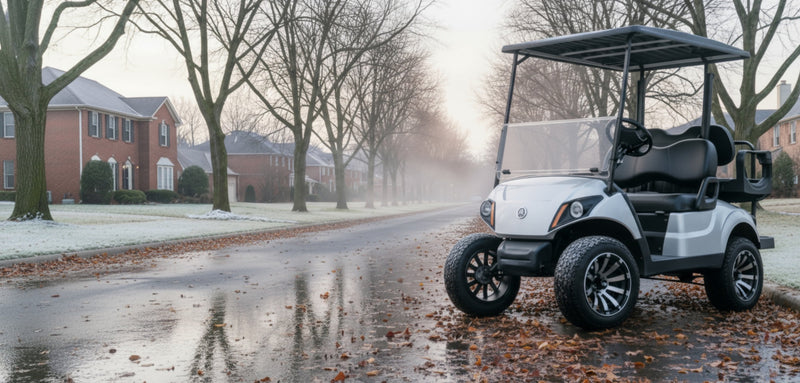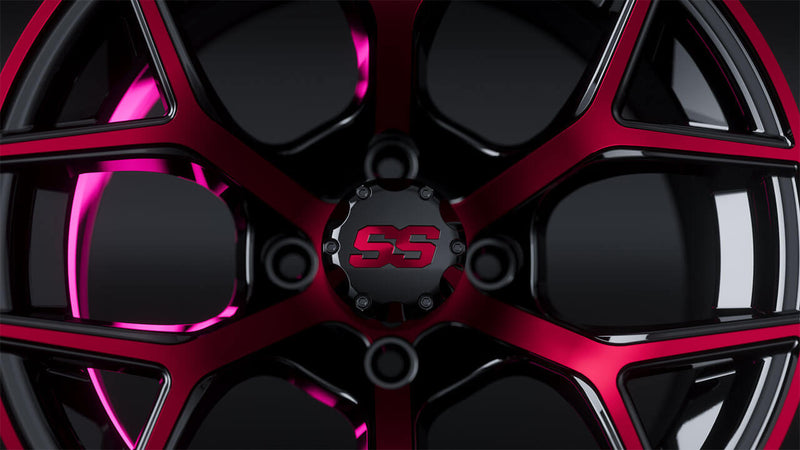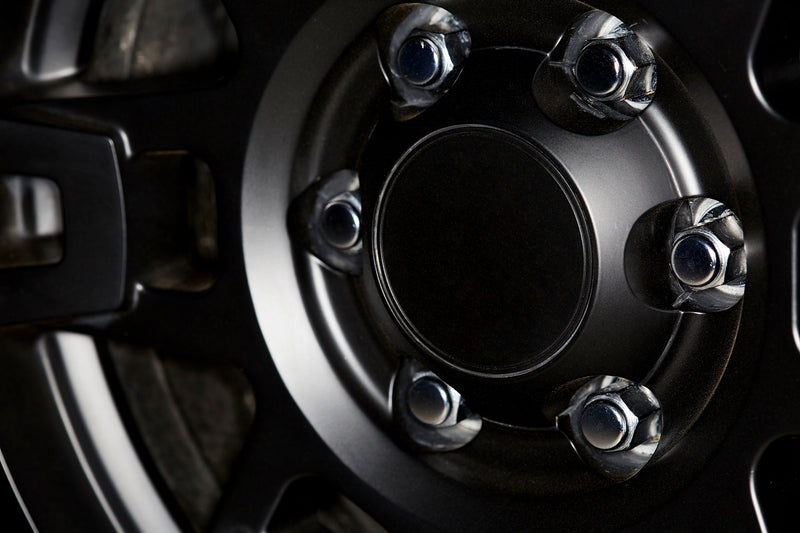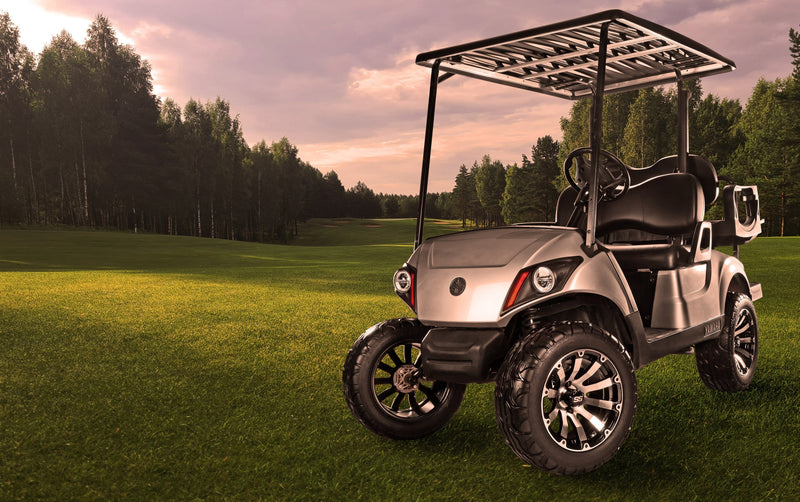Keep your cart protected, reliable, and ready for spring
If you have ever opened the garage in March to a slow cart and crusty battery terminals, this one is for you. Winter doesn’t have to be hard on a golf cart. A little off-season prep now saves batteries, tires, and headaches later. Here’s how to winterize like a pro.
Battery Care That Actually Works
Cold is tough on batteries, so give yours an easy winter.
Lead-acid (flooded or AGM)
Keep them fully charged, clean, and protected. Top off water after charging with distilled water (flooded only). A smart maintainer once a month keeps sulfation at bay. Long storage with no maintainer? Disconnect the pack negative and any 12V accessories, then top up monthly.
Lithium (LiFePO₄)
Store around 50–60% state of charge. Many packs shouldn’t be charged below 32°F unless they have low-temp protection or heaters. Use a lithium-specific charger and put the pack in “sleep” or “off” mode if supported. Check monthly and adjust SOC if it drifts.
Helpful gear: Chargers & Battery Accessories
Tires and Wheels: Grip, Pressure, and Storage
Tires lose about 1 psi per 10°F drop. Set pressures for the coldest garage temps, then check monthly. If the cart sits, inflate toward the upper end of the range and roll it a few feet each month to prevent flat spots. Driving through winter? Pick tread for conditions: street/DOT for pavement and wet roads, A/T for leaves, gravel, and hardpack.
Explore: Tires and Tire & Wheel Combos
Fluids and Mechanical Checks
A quick mechanical once-over now means fewer surprises later.
Gas carts
Add fuel stabilizer and run the engine 5 minutes. Change oil and filter, inspect the air filter, and check belts for glazing or cracks. Test the parking brake on a gentle slope.
Electric carts
Clean brake dust and check pad/shoe wear. Spin wheels and listen for bearing noise. Inspect tie-rods and kingpins for play, then torque lug nuts to spec.
Storage That Prevents Problems
Park somewhere dry and ventilated. Clean the cart first so you’re not storing grit and road salts. Clear leaves from the battery tray and under-seat areas. Chock the wheels and leave the parking brake off so cables don’t take a set.
Pest-Proofing That Actually Helps
Winter is rodent season. Vacuum crumbs and remove birdseed or pet food. Close easy entry points with stainless mesh where sensible, but don’t block drains or vents. Peppermint smells nice, not effective. If you use bait stations, secure them and follow local rules. Peek under the seat monthly.
Clean and Visible
Taking short winter rides? A vented windshield reduces fogging and improves comfort on cold mornings.
Shop: Windshields
Your 10-Minute Monthly Routine
- Set a reminder; quick consistency wins.
- Walk-around for leaks, corrosion, or chew marks
- Roll the cart a few feet to change tire contact patches
- Check battery cables, then give the pack a smart top-off
- Test lights and horn for short, dark days
Winter Storage FAQ
Should I disconnect my batteries?
With a smart maintainer on lead-acid, you can leave them connected. No maintainer? Disconnect the pack negative. For lithium, follow the pack’s shutdown or sleep guidance.
How often should I charge in winter?
Lead-acid: top off monthly. Lithium: verify SOC monthly and nudge back to 50–60% if it drifts.
Can I drive my cart in winter?
Yes. Match tread to conditions, keep lights working, and use a vented windshield to fight fog.
Helpful Gear to Finish the Job
- Stay visible and reduce fogging: Windshields
- Keep batteries healthy all winter: Chargers and Battery Accessories
- Get the right traction for cold days: Tires
Need a second set of eyes on fitment or storage setup? We’re happy to help. Reach out anytime on our Contact Page and an RM Cart expert will get you sorted quickly.






